Also by Philip M. Wagner
AMERICAN WINES AND WINE-MAKING
(1933, revised 1936, revised 1956, 1961, 1963)
A WINE-GROWERS GUIDE
(1945, revised 1965)
These are Borzoi Books, published in New York by Alfred A. Knopf.
THIS IS A BORZOI BOOK
PUBLISHED BY ALFRED A. KNOPF, INC .
Copyright 1974, 1976 by Philip M. Wagner
All rights reserved under International and Pan-American Copyright Conventions. Published in the United States by Alfred A. Knopf, Inc., New York, and simultaneously in Canada by Random House of Canada Limited, Toronto. Distributed by Random House, Inc., New York.
ACKNOWLEDGMENTS . I thank the Editor of Scientific American for permission to use material from an article of mine entitled Wines, Grape Vines and Climate that appeared in the June 1974 issue. Illustrations were kindly provided by Prof. Maynard A. Amerine, the Wine Institute, the Comit Interprofessionel du Vin de Champagne, Dr. Willard Robinson and his colleagues of the Geneva, New York, Experiment Station, Mr. Albert Koyama of the Davis, California, Experiment Station, and Mr. Seaton Mendall. Others are credited on . Most of the photographs taken in and about the premises of Boordy Vineyards are the work of Mr. Steve Kraft, to whom my gratitude for his patience and competence.
P. M. W.
Library of Congress Cataloging in Publication Data
Wagner, Philip Marshall, [Date]
Grapes into wine.
Bibliography: p.
1. Wine and wine makingAmateurs manuals. I. Title.
TP 548.2. W 33 1976 633.22 7536814
eISBN: 978-0-307-78428-5
Published July 19, 1976
Reprinted Seventeen Times
Nineteenth Printing, November 2004
v3.1
FOR JOCELYN
Contents
Illustrations
Foreword
TOWARD THE END of that strange episode in our national history called prohibition, I wrote a brief book on winemaking. Something of the sort was badly needed, since in those days much wine was being made on a do-it-yourself basis yet there existed no contemporary work in English treating the subject. The book found a place for itself that it has held up to the present in spite of immense changes that have taken place since.
The most obvious changes have been the rebirth of commercial winegrowing and the acceptance of wine as a normal thing in American life. As well, there have been less obvious but equally important changes, such as the spectacular increase in the knowledge of what wine is and how it comes into being, the revolution in winemaking techniques, the emergence of enology as a profession. As a result, now that wine is so much more freely used, a body of amateurs has emerged who treat winemaking as a serious and absorbing avocation or who wish simply as wine drinkers to know more about the nature of wine and the why of its infinite variations.
All of these factors demanded that numerous revisions be made in the text of my book over the years; at one point I even changed the title. But by the time the book had reached its fortieth birthday in 1973 (coinciding with the seventh printing of the fifth edition), it became obvious that patchwork revisions would no longer do. Too much had happened. And so, on the invitation of my publisher, I put a clean sheet of paper in my typewriter and began all over again. Only in this way, by writing a new book, could justice be done to the altered scene.
And yet the word new requires qualification. The origin and use of wine are lost in prehistory. Our knowledge of wine has grown by accretion. In writing about it, one starts with whatever is already known and on record, including what one has written oneself. Moreover, in a practical but not too technical treatise of this sort, the subject and the purpose dictate the structure. In any book on the art-science of winemaking, whatever the language, much of what is set forth has been written many times before in other ways, and aspects of the subject are bound to follow much the same sequence. Such originality as this book has lies in the treatment rather than the structure: what I have included and what I have left out, how I have explained things, the gleanings of years of personal observation and experience. That is the extent of this books newness, and to claim more would be presumptuous.
As I think back over the decades of work and pleasure that lie behind this book, I find endless obligations. I find myself thinking of that entire generation of wine people whose careers have paralleled the wine renaissance that began with repeal, and who admitted J. & P. Wagner into their company. They were young at the dawn of it. Retirement and death now begin to reduce their numbers: the men of science, the teachers, the growers and producers, the merchants. What they have had in common, those I have known, has been amateurism: an absorption in what they were doing that goes beyond livelihood. There is something about winegrowing in all its aspects which brings this out. With due thanks to all the others, I will name only a few: Maynard Amerine, the late Frank Schoonmaker, the late Adhemar de Chaunac, Charles Fournier, Leon Adams, Robert Dunstan.
I also think of those abroad, especially in France, who have welcomed us into their vineyards and caves and homes, and taught us so much, and shown by their example that the wine world is one even though the political world is not. I will name only one of them: the late Grard Marot of Poitiers, who labored so long and valiantly for the future of les hybrides, the grapes that are now building a new viticulture in many parts of this country.
I think of Boordy Vineyards as an enterprise now less mortal than we are thanks to the intervention of Arthur S. Wolcott.
I think of the books on our shelves and the names on their spines, ranging as far back as Cato and Columella and as far forward as the day before yesterday: those are building blocks, and a selection of them constitutes my bibliography.
And I think most of all of my wife, Jocelyn, partner in everything we have done with grapes and wine. Perhaps this book will bring other such partnerships into being: the grape and its blood make a good bond.
PHILIP M. WAGNER
Boordy Vineyards
Riderwood, Maryland
January, 1976
CHAPTER 1
What Wine Is, and Isnt
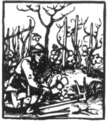 THERE ARE two ways of approaching a bottle of wine: from the outside in and from the inside out. Each has its advantages.
THERE ARE two ways of approaching a bottle of wine: from the outside in and from the inside out. Each has its advantages.
The first leans heavily on externals, including what we already know about wines: the literature of them, the history, the lore, advertising, the word of friends, which wines have appealed to us and which havent, the bottle itself and the way it is got up, and so on. All in all, these factors are powerful persuaders.
And then there is what the label actually says. Much of the information is mandatory, and one soon learns to distinguish between such facts and puffery. When the label says Pommard or Napa Valley Zinfandel and also says appellation contrle or its equivalent, the wine drinker can make a reasonable assumption that the wine inside the bottle is representative of what the label says. Back labels sometimes help too. And so he learns to find his way around among wines, to discover how different they can be, to distinguish between the fine and the not-so-fineall without having to know what wine really is. He does not have to know anything about the biochemistry of fermentation, any more than he needs to know the difference between an ohm and a watt in order to turn on a light.



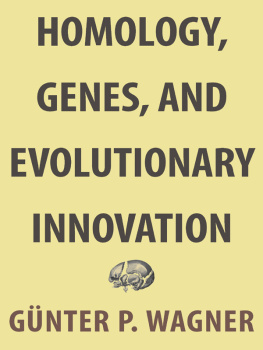
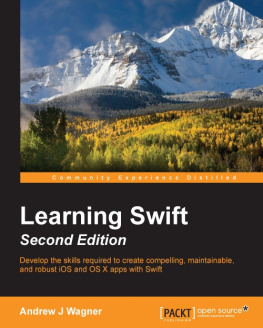

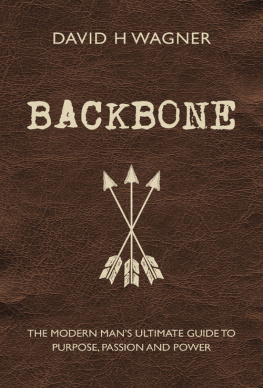
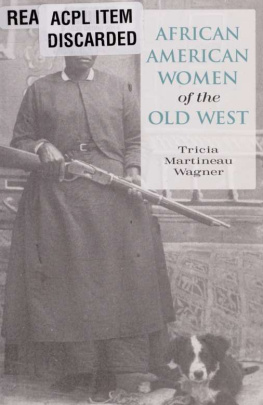
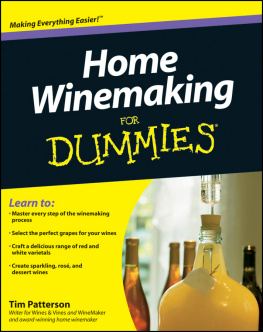
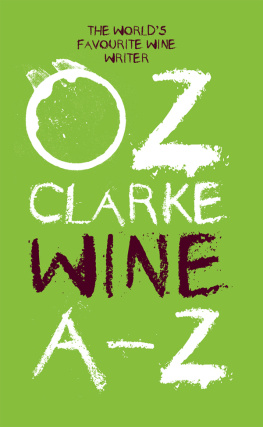
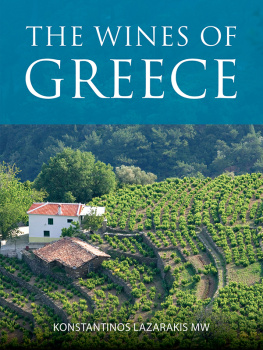

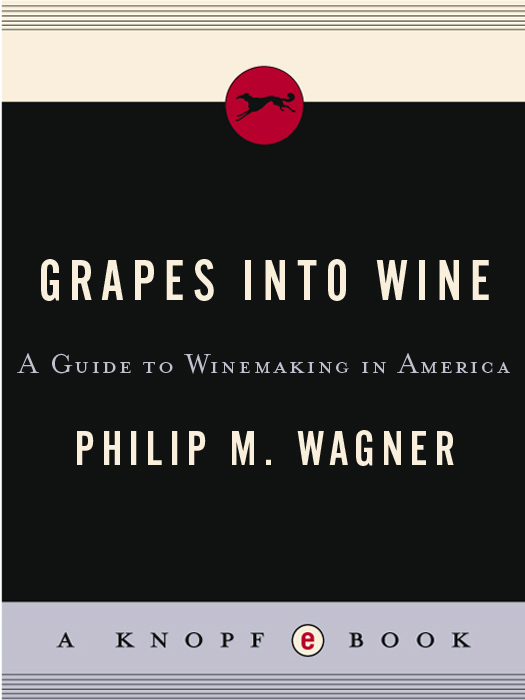
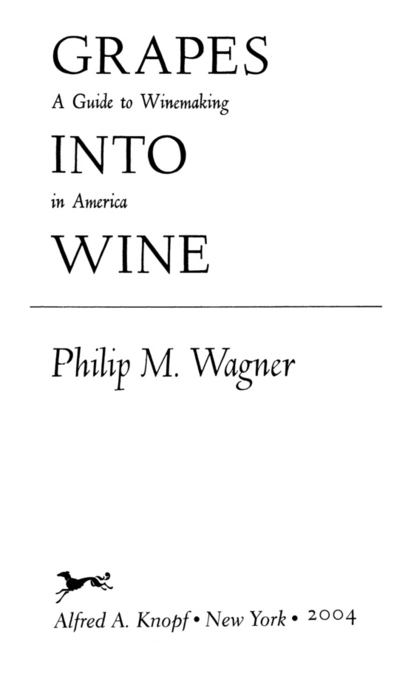
 THERE ARE two ways of approaching a bottle of wine: from the outside in and from the inside out. Each has its advantages.
THERE ARE two ways of approaching a bottle of wine: from the outside in and from the inside out. Each has its advantages.